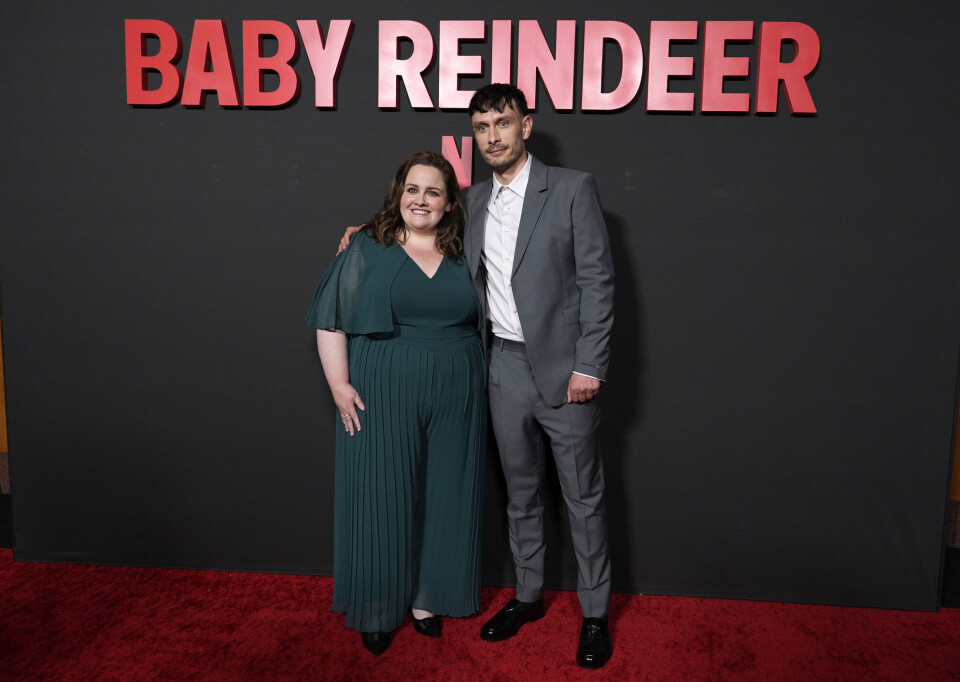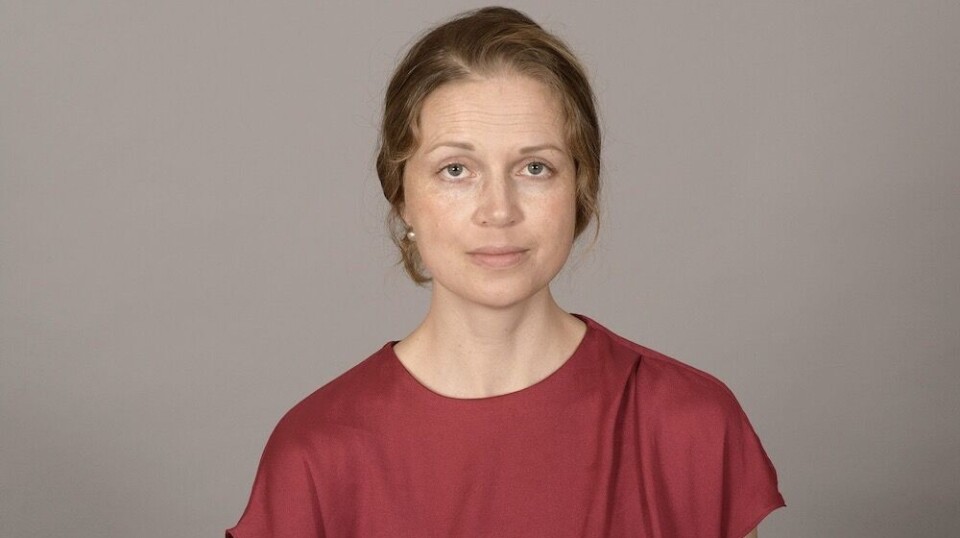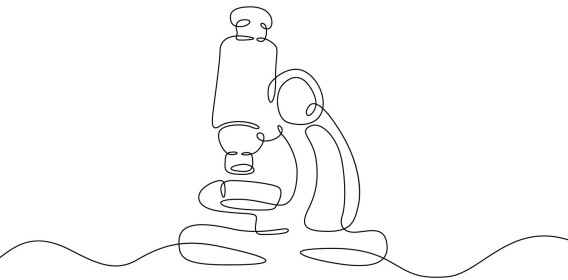
Is it okay for authors to lie about true stories?
“We tend to engage more with stories based on facts,” a researcher says.
The drama series Baby Reindeer has received 11 Emmy nominations and is one of Netflix’s most-watched shows.
The plot follows Donny, a bartender and comedian, who is harassed by Martha. She sends him thousands of emails and stalks him at the bar and on social media.
‘This is a true story,’ appears in the first episode. But is it?
Screenwriter Richard Gadd, who also plays the lead role, claims that he anonymised all the characters. However, viewers quickly identified the real Martha, who later appeared in a TV interview to deny everything.
Norway, too, has seen disputes over films, series, and novels that claim to be true stories, but leave room for doubt.

Many authors base their writing on real people and events. The book Mellom menneske og manus (Between man and script) explores the ethical dilemmas that arise in reality-based literature, a genre known as literary realism.
11 Norwegian authors discuss the choices they faced when writing about family, friends, or people with difficult stories. Demian Vitanza is one of them.
‘It can't be real’
In 2017, Vitanza published This Life or the Next, a novel about growing up, feeling disconnected, radicalisation, and travelling to Syria to become a foreign fighter.
The novel draws from the author's conversations with Ishaq, who was serving an eight-year prison sentence for his involvement with ISIS.
Most viewed
Vitanza refers to this as literature that is close to reality.
In the novel, the protagonist wants to share his story, but insists, ‘it can't be real.’ Everything is told as it was – just not completely.
Vitanza changed the location and gave the main character a different name. He also left out certain people and events to avoid stigmatising specific individuals or a particular mosque.
“But I was transparent about the changes I made,” Vitanza tells sciencenorway.no.
When neither the author nor the reader knows the full truth
Still, Vitanza wanted to give an accurate picture of Ishaq's radicalisation.
“I wanted to ensure the key points were true,” he says.
In the second part of the novel, set in Syria, the main character says: ‘From now on, you will not know exactly what is true.’
“Ishaq said this to me in real life as well. I included it in the novel to plant doubt in the reader’s mind,” he says.
But can readers handle doubt and uncertainty in stories that are almost true?

More critical of fact-based texts
Researchers have looked into this. A common way to study how we read fact and fiction is to present the same text in different formats.
In these studies, some participants are told that the text is from a novel, while others are informed that the same text is an extract from a history book or newspaper. Researchers then analyse how readers interpret and understand the material.
Alexandra Effe, a researcher on literary realism at the University of Oslo, explains:
“From such studies, we know that when we believe a text is fictional, we focus more on the language and its message. But when we believe we’re reading a fact-based text, we become more critical and consider how things are connected.”
Vitanza chose to present Ishaq’s story as a novel, classifying it as fiction, though that distinction was not crucial for him.
More honesty in fictional stories
“I could have written a nonfiction book, but for Ishaq, it was important that his story didn’t affect his family or criminalise people in Norway and Syria,” says Vitanza.
Ishaq could be more honest when his story was framed as a novel.
“By calling it fiction, he can still base the story closely on reality, but it prevents the book from being used as legal evidence. If someone accuses Ishaq of doing something specific, he can protect himself by pointing out that it’s a novel, a fictional story where details have been altered,” Vitanza explains.

We focus on uncertainty
Other studies have examined how we emotionally engage with texts based on real events compared to fictional stories.
“There’s a tendency for us to engage more with texts based on facts, but many factors influence this. Fiction can also captivate readers,” says Effe.
In literary realism, readers cannot be sure whether what they’re reading is true or made up.
“This uncertainty draws us in. It forces us to question whether events really happened that way, and whether people actually said or did what’s described,” she says.
Effe points out that while readers' interests and focus vary between reading fact and fiction, the difference is more gradual than absolute.
Vitanza pushes the boundaries between these two categories.
Do we trust the author?
“There’s no strict rule. Nonfiction, such as a biography, can be written in a way that emotionally engages readers and makes them reflect on their own lives,” he says.
Although Vitanza wrote a novel, he did far more than just interview Ishaq.
“I followed other court cases, read books, PST reports, statistics, and spoke with researchers. In a nonfiction book, I could have highlighted all of this with plenty of references, but that doesn't suit a novel very well,” he says.
He believes that in a novel, the key question is whether readers trust the author.
“They need to trust that the author has explored human nature and the processes the characters experience. A novel also aims to help us better understand ourselves and the world we live in,” says Vitanza.
A good rule of thumb
He argues that there are no universal guidelines for how far an author can go in blurring the lines between fact and fiction.
“It has to be judged on a case-by-case basis,” says Vitanza.

Vitanza thinks the Cardamom Law is a good guideline: Don’t bother others, be kind and good, and otherwise do as you please.
“As a writer, I have to ask myself: Will this have negative consequences for others? Am I harming or hurting anyone? And if the answer is yes, is it necessary? Is it crucial for the story, or can I mask it more?” he says.
There are limits
Vitanza himself has appeared in a novel but won’t reveal which one.
“Anyone who knows me would recognise me, but I wasn't asked for permission. Even though it's legal, and I’m portrayed well, I don't think it's the right thing to do,” he says.

“Authors, of course, have complete freedom to invent whatever they want. But ethical issues arise when it’s unclear what’s fictional and what’s real,” says Alexandra Effe.
While defamation laws were repealed in 2015, severe violations can still lead to compensation.
“There are boundaries you’re not allowed to cross. A disclaimer that everything is fictional might shield the author from legal consequences, but the ethical dilemmas remain,” she says.
It becomes particularly complicated when real people come forward to protest.

Real-life consequences
Martha from Baby Reindeer was quickly identified. She is now demanding 1.8 million USD in damages from Netflix.
Both Vitanza and Ishaq knew he would be identified.
“I informed Ishaq as thoroughly as possible. I wanted him to understand what he was getting into and the risks involved. We knew the novel would be read as his real story,” says Vitanza.
And that’s exactly what happened. Critics referenced Ishaq’s story, which had already been in the media during his trial a few years prior.
For example, Dagbladet's review mentioned that Ishaq's father had been convicted of murder, even though that detail is not in the novel. VG went even further.
“Ishaq changed his name to protect his family, but VG published both his new and former names. They also included a photo of him in Syria holding a machine gun and wearing a balaclava. I expected him to be identified, but I didn’t anticipate it to be that brutal,” he says.
Despite this, Vitanza believes the novel has had mostly positive effects for Ishaq.
Helping readers think critically
“When he starts a new job or enters a new relationship, at some point he’ll have to tell them that he was in Syria. Then he can give them the book. It’s a way for him to be understood,” says Vitanza.
In a world filled with fake news, some argue that literary realism blurs crucial lines between truth and fiction.
Alexandra Effe is not concerned.
“I believe most literary realism does not encourage the blurring of those boundaries. On the contrary, it makes us more aware of them,” she says.
Demian Vitanza sees this as beneficial.
“We authors are very open about what we’re doing. We make it clear that we’re playing with reality. This helps readers practice interpreting texts with multiple layers,” he says.
———
Translated by Alette Bjordal Gjellesvik
Read the Norwegian version of this article on forskning.no






































